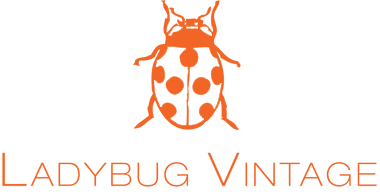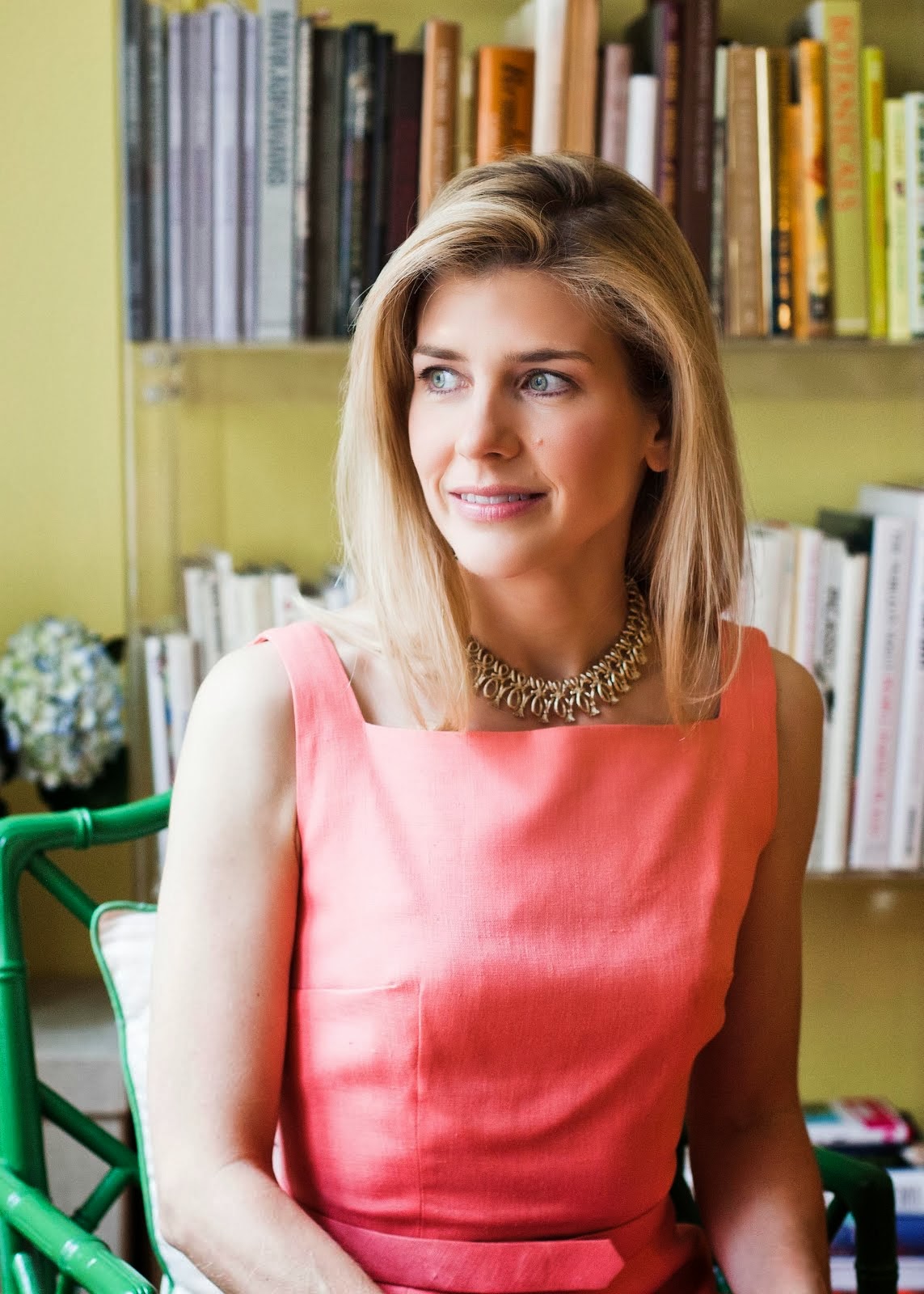Friday, December 12, 2014
Thursday, August 14, 2014
Viva, Viva!
Last week, I was thrilled to see an exhibition of the art of Viva Hoffmann at the Thousand Islands Arts Center in Clayton, N.Y. Viva Hoffmann is an artist, actress, and author and was one of Andy Warhol's Factory Girls in the 1960s.
Viva was born in Syracuse, N.Y. and spent her summers on Wellesley Island, N.Y. in the Thousand Islands. She came from a very strict Catholic family and was the oldest of nine children. Viva attended parochial school and the Catholic College, Marymount. After college Viva moved to Manhattan and rebelled against her strict Catholic upbringing. She worked as a model at the Art Student's League, became a regular at Andy Warhol's factory, and was featured in many of Warhol's films.
From an early age, Viva had a penchant for drawing. When she was just five years old her father (a renowned criminal defense lawyer) took her to court with him and had her draw courtroom portraits. She attended the Everson Museum School in Syracuse, N.Y. and during her Junior year of college she studied art at the Sorbonne in Paris.
Viva's painting style is that of the New York school of abstract expressionism - paint is applied rapidly and with force to the canvas in an effort to convey feelings and emotions.
Viva is best know for her landscape paintings although she has also done a series of self-portrait icon paintings depicting herself as a Goddess. They are based on iconic Tibetan Palden Lhamo images.
The show at the Thousand Islands Arts Center runs until August 29th.
Viva was born in Syracuse, N.Y. and spent her summers on Wellesley Island, N.Y. in the Thousand Islands. She came from a very strict Catholic family and was the oldest of nine children. Viva attended parochial school and the Catholic College, Marymount. After college Viva moved to Manhattan and rebelled against her strict Catholic upbringing. She worked as a model at the Art Student's League, became a regular at Andy Warhol's factory, and was featured in many of Warhol's films.
From an early age, Viva had a penchant for drawing. When she was just five years old her father (a renowned criminal defense lawyer) took her to court with him and had her draw courtroom portraits. She attended the Everson Museum School in Syracuse, N.Y. and during her Junior year of college she studied art at the Sorbonne in Paris.
 |
| Dying Willow - Swiftwater Point, Wellesley Island, 1991 Viva Hoffmann |
 |
| Waterson's Marsh in Spring - Wellesley Island State Park, 1999 Viva Hoffmann |
 |
| Old Bridge Road - Wellesley Island, 2000 Viva Hoffmann |
 |
| Rock Island Lighthouse, Viva Hoffmann |
 |
| Looking toward US Mainland shore from Swiftwater Point in Spring, Viva Hoffmann |
 |
| Palden Lhamo, Goddess of Destruction over Swiftwater Point with Loui Nehez on Dragon, Viva Hoffmann |
The show at the Thousand Islands Arts Center runs until August 29th.
Tuesday, July 15, 2014
Harry Tyler's Coverlets
 |
| Harry Tyler coverlet 1839, Cornwall Brother's Store & Museum |
I am a lover of vintage textiles and was excited to find this vintage jacquard coverlet while perusing the Cornwall Brother’s Store & Museum in Alexandria Bay, N. Y. Coverlets are decorative bed toppers that were at the height of their popularity from around 1820 - 1860. This one was designed by by Harry Tyler in 1839. Tyler was a prominent weaver in 19th century Jefferson County, New York. He was born to British parents in 1801 in Connecticut. He eventually settled in Butterville, N.Y. in 1834 where he began his career as a weaver.
 |
| An original hand bill produced by Harry Tyler advertising his coverlets and rugs. Photo is courtesy of the Jefferson County Historical Society. |
Tyler was best know for his bridal coverlets but he also produced coverlets for other occasions (births and baptisms) and rugs.
 |
| Harry Tyler coverlet 1839, Cornwall Brother's Store & Museum |
Tyler's customers could choose the design and.......
 |
| Harry Tyler coverlet 1839, Cornwall Brother's Store & Museum |
the border of their coverlet.
 |
| Harry Tyler 1898, Columbus Museum |
They could also choose either red........
 |
| Harry Tyler 1838 Metropolitan Museum of Art. |
or blue as the dominant color of the coverlet. The blue was sourced from indigo and the red came from cochineal - the crushed bodies of small red insects from Mexico.
 |
| Harry Tyler coverlet 1839, Cornwall Brother's Store & Museum |
The bridal coverlets were inscribed with the name of the bride, her county of origin, and the year in which the coverlet was woven. This coverlet was made in 1839 for Mary Child of Jefferson County, N.Y. According to the Jefferson County Historical Society, “coverlets were an essential piece of every upper class bride’s ‘setting out’.”
 |
| Harry Tyler coverlet 1839, Cornwall Brother's Store & Museum |
During the early years of his weaving career, Tyler signed his work with a lion (the symbol of England) as a nod to his British heritage.
 |
| Harry Tyler 1852, James Wm. Lowery Gallery |
Tyler's later coverlets which were produced with his son, Elman are signed with an American eagle. Tyler died in 1858 at the age of 57 and production of his coverlets and rugs stopped. Examples of Tyler’s work can be found today in many prominent textile collections and museums including the National Museum of American History in Washington D.C. and the Metropolitan Museum of Art in New York.
Tuesday, June 3, 2014
Chicago Magazine Tastemaker Feature
I am thrilled to be featured as a tastemaker in the June issue of Chicago Magazine!
You can click the link below to see the article in full:
http://www.chicagomag.com/Chicago-Magazine/June-2014/Founder-and-Owner-of-Ladybug-Vintage-Stuart-Mesires-Shares-Her-Favorite-Things/
Chicago Magazine also made a video to accompany the article. You can click the link below to see the video:
http://www.chicagomag.com/video/Taste-Makers-My-Favorite-Things/2014/Stuart-Mesires/
You can click the link below to see the article in full:
http://www.chicagomag.com/Chicago-Magazine/June-2014/Founder-and-Owner-of-Ladybug-Vintage-Stuart-Mesires-Shares-Her-Favorite-Things/
Chicago Magazine also made a video to accompany the article. You can click the link below to see the video:
http://www.chicagomag.com/video/Taste-Makers-My-Favorite-Things/2014/Stuart-Mesires/
Labels:
Chicago Magazine,
Ladybug Vintage,
Stuart Mesires,
Tastemaker
Tuesday, May 27, 2014
Charles James
 |
| photo: Cecil Beaton |
This Summer I am hoping to get to the Metropolitan Museum of Art in New York to see the Charles James exhibit before it closes in August. The Chicago History Museum put on an exhibition about James in 2011/2012 and ever since then, I have been obsessed by his amazing garment construction.
 |
| Charles James' Butterfly Dress, 1954 from the collection of the Chicago History Museum. |
Charles James (b. July 18, 1906 - d. September 23, 1978) is known as “a designer’s designer”. He is an often over-looked fashion genius who was known for his incredible ability to “sculpt” garments. His approach to designing was much like that of an architect. He constructed garments which were so structured, they could practically stand on their own.
The garments he created are often just as beautiful on the inside as they are on the outside. James was such a perfectionist that if a garment had one stitch wrong, he would tear the entire piece apart and re-work it. Diana Vreeland is quoted as saying, “He would rather work and rework a beautiful dress ordered for a certain party than have that dress appear at that party.”
 |
| James' Four-Leaf Clover Dress, 1954, from the collection of the Metropolitan Museum of Art. |
James had a strong Chicago connection. He was born in England to an English military officer, Ralph Haweis James and Chicago heiress, Louise Brega James. In 1924 James was expelled from the Harrow School in England and was sent to stay with his mother’s relatives in Chicago. In 1926 James opened a hat-making shop at 1209 N. State Street in Chicago under the name, Charles Boucheron. It was very successful with the wealthy, fashionable ladies of Chicago and he opened two more stores in Chicago before moving to New York City in 1928.
 |
| One of James' hats featured in Vogue in 1930. Photo: Cecil Beaton |
Not many examples remain of James’ hats. The Metropolitan Museum of Art has borrowed two hats from the Chicago History Museum for it’s current exhibition. The hats are pictured below. They date from 1928 and belonged to Mrs. H. Pauling Donnelley of Chicago who was a friend of James’ mother.
 |
| Two felt hats designed by James in 1928. From the collection of the Chicago History Museum. Photo from the Chicago History Museum publication, Charles James: Genius Deconstructed. |
James opened a store in Manhattan in 1928 and quickly moved on to designing apparel. James is best known for the constructed gowns that he created in the 1930s, 40s and 50s. He counted among his clientele, Marlene Dietrich, Babe Paley, Austine Hearst, Mrs. Cornelius Vanderbilt Whitney, and Millicent Rogers - his biggest supporter.
 |
| Millicent Rogers wearing Charles James. |
James influenced the work of many designers including, Christian Dior, Galanos, Pauline Trigere, Balenciaga, Arnold Scassi, and Halston. Christian Dior was said to have credited James with having inspired his, “new look”.
 |
| Christian Dior 1947 - part of Dior's "new look" |
Unfortunately James came to a tragic end. He was known to have a very difficult personality and to have been bad at managing his money. He died penniless at the Chelsea Hotel in Manhattan in 1978.
 |
| photo: Bill Cunningham |
Tuesday, February 11, 2014
Thursday, February 6, 2014
Valentine's Baubles
Vintage Yves Saint Laurent and Christian LaCroix heart baubles for Valentine's Day. Available at space519 (http://www.space519.com).
Friday, January 24, 2014
Dawning of the Age…..
This is a photo of one of my favorite Birthday presents - a vintage Aquarius paperweight from Baccarat. The zodiac series was discontinued about 30 years ago. I'm now on a hunt to find more from the series - maybe one for my moon sign and one for my rising sign?
Subscribe to:
Posts (Atom)












